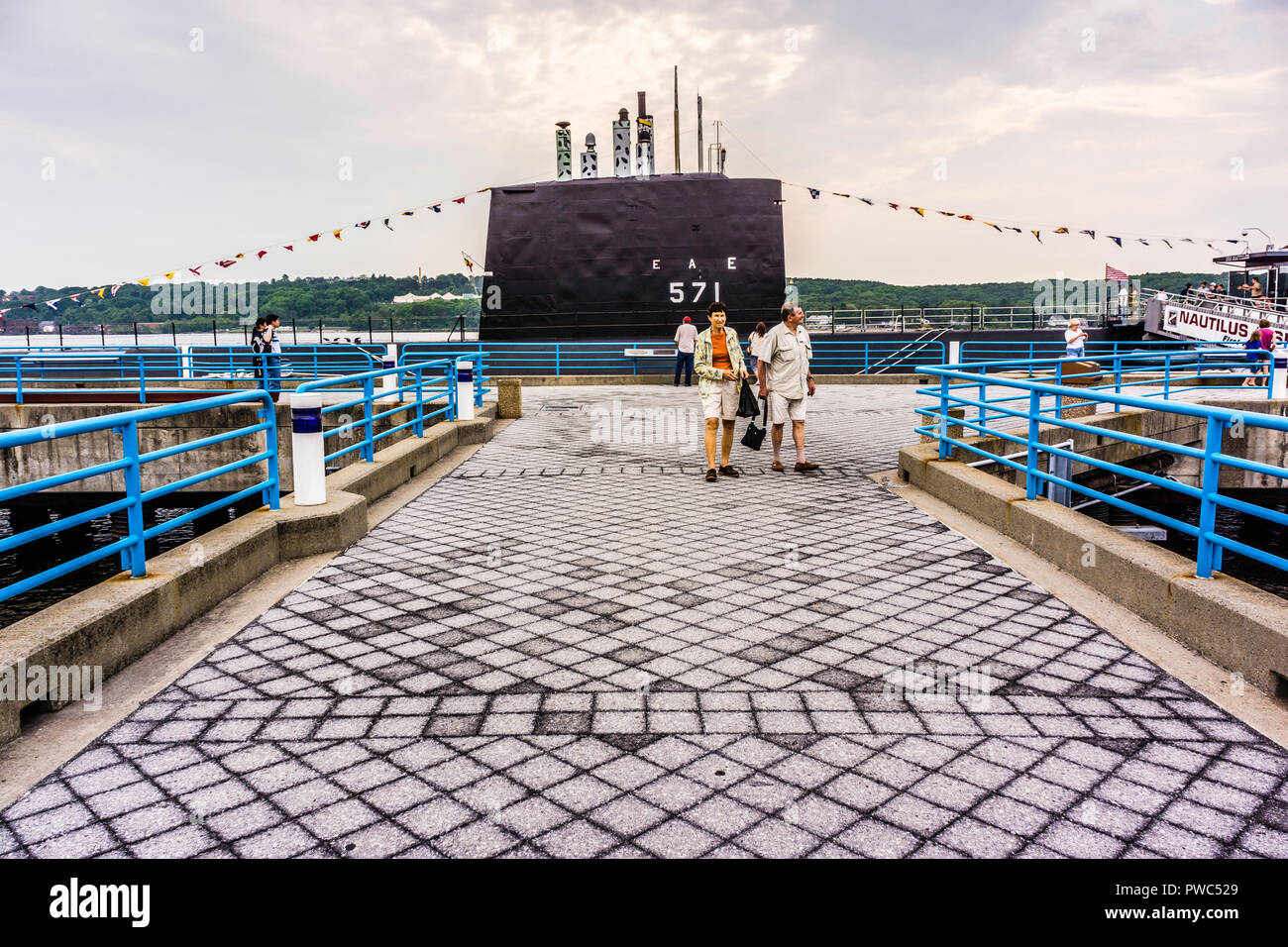
It incorrectly depicts the propeller as a screw blade as seen in the replica shown above and reported by Sergeant Lee, it was a paddle propeller blade. This 19th-century diagram shows the side views of Turtle. At the start of the American Revolution,the wealthy and patriotic Doolittle built a gunpowder mill with two partners in New Haven to support the war, and was sent by the Connecticut government to prospect for lead. He also founded and owned a brass foundry where he cast bells. He had both designed and manufactured complicated brass-wheel hall-clocks, a mahogany printing-press in 1769 (the first made in America, after Doolittle successfully duplicated the iron screw), brass compasses, and surveying instruments. Though Bushnell is given the overall design credit for the Turtle by Gale and others, Doolittle was well known as an "ingenious mechanic" (i.e. Benjamin Gale, a doctor who taught at Yale, the many brass and mechanical (moving) parts of the submarine were built by the New Haven clock-maker, engraver, silversmith, brass manufacturer and inventor Isaac Doolittle, whose shop was just a half block from Yale. It seems clear Bushnell knew of the work of the Dutch inventor Cornelius Drebbel. Little is known about the origin, inspiration, and influences for Bushnell's invention. Īfter the Battles of Lexington and Concord in April 1775, Bushnell began work near Old Saybrook on a small, individually manned submersible designed to attach an explosive charge to the hull of an enemy ship, which, he wrote Benjamin Franklin, would be, "Constructed with Great Simplicity and upon Principles of Natural Philosophy." By early 1775, he had created a reliable method for detonating underwater explosives, a clockwork connected to a musket firing mechanism, probably a flintlock, adapted for the purpose. Bushnell may have begun studying underwater explosions while at Yale College. The American inventor David Bushnell made the idea of a submersible vessel for use in lifting the British naval blockade during the American War of Independence. Navy's Submarine Force Library and Museum, the Royal Navy Submarine Museum, and the Oceanographic Museum (Monaco).ĭevelopment Turtle submarine design explained

Modern replicas of Turtle have been constructed and are on display in the Connecticut River Museum, the U.S. Bushnell claimed eventually to have recovered the machine, but its final fate is unknown. All failed, and her transport ship was sunk later that year by the British with the submarine aboard. Several attempts were made using Turtle to affix explosives to the undersides of British warships in New York Harbor in 1776. Connecticut Governor Jonathan Trumbull recommended the invention to George Washington, who provided funds and support for the development and testing of the machine.

It was built in 1775 by American David Bushnell as a means of attaching explosive charges to ships in a harbor, for use against the Royal Navy during the American Revolutionary War.


Turtle (also called American Turtle) was the world's first submersible vessel with a documented record of use in combat. A cutaway full-sized replica of the Turtle on display at the Royal Navy Submarine Museum, Gosport, UKįirst submersible vessel with a documented record of use in combatĪ diagram showing front and side views of Turtle


 0 kommentar(er)
0 kommentar(er)
